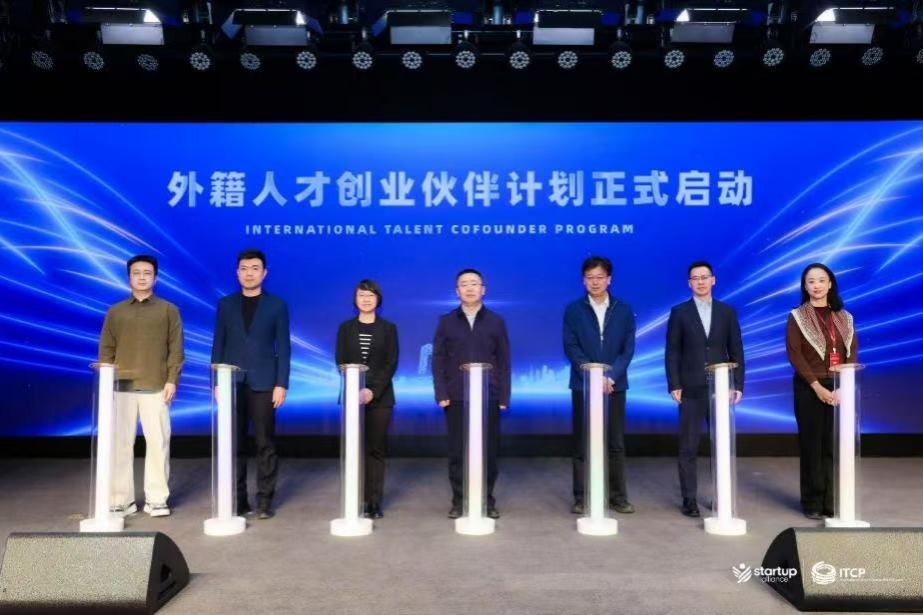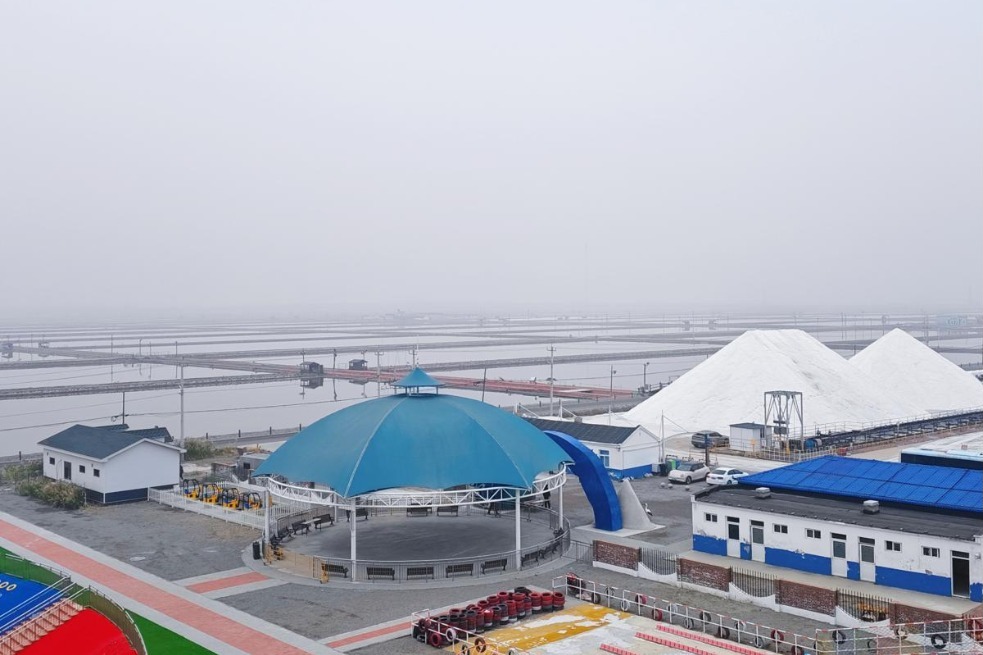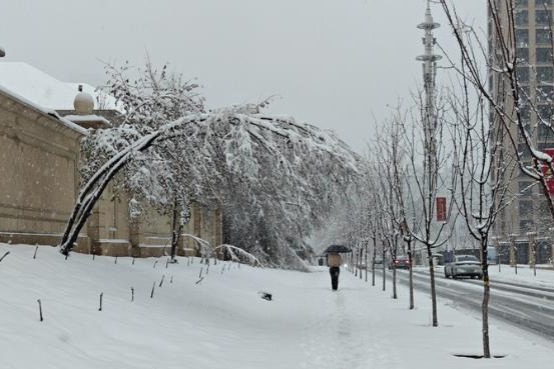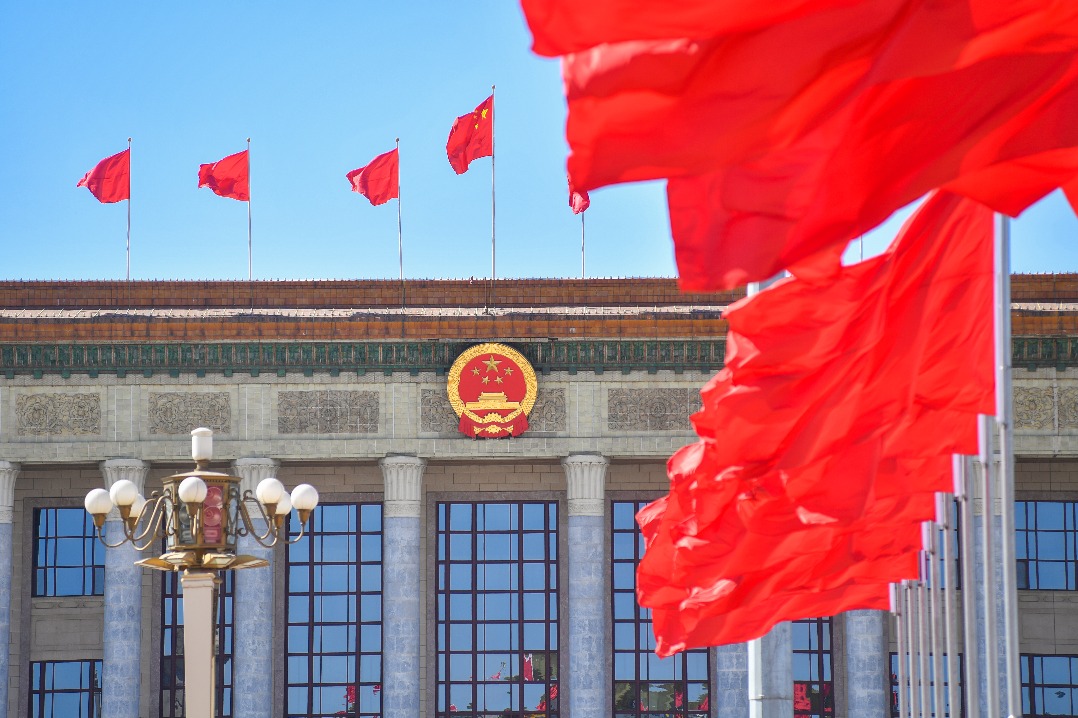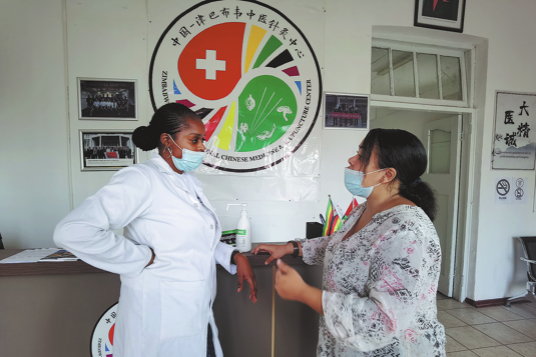Govt to cover treatment costs until at least March

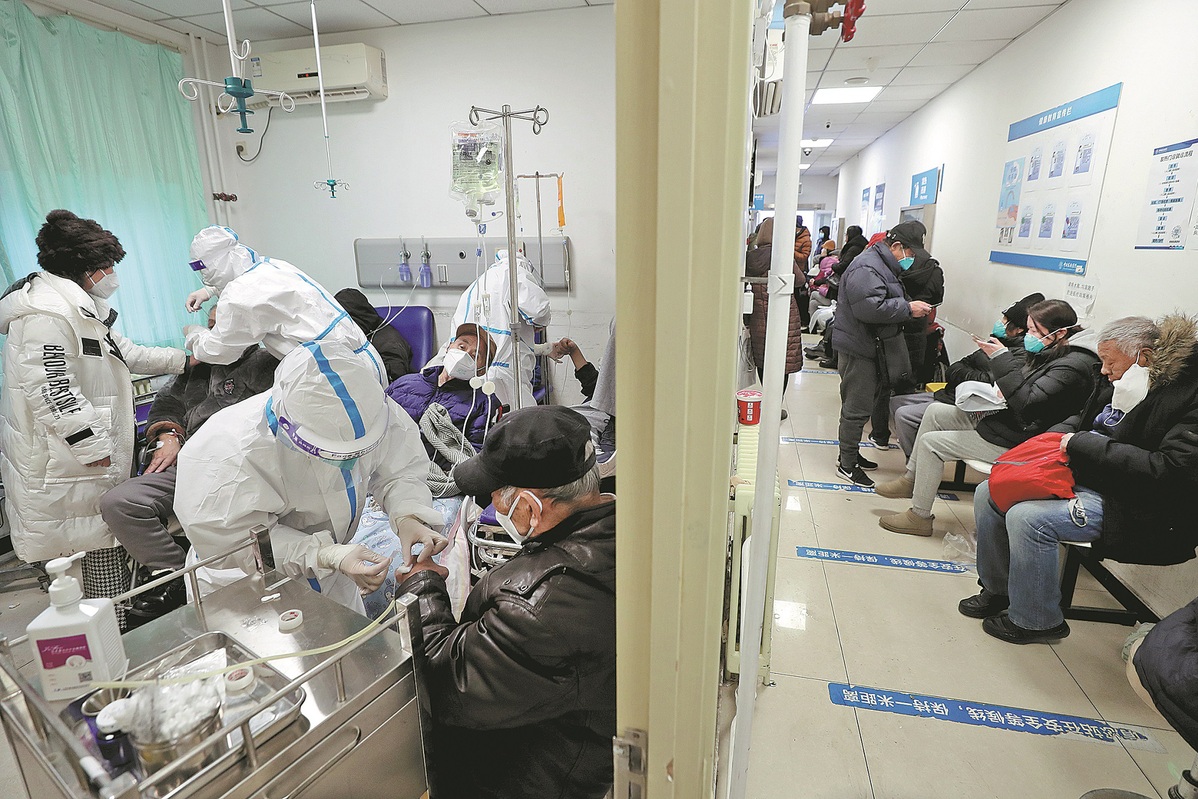
Patients needing treatment for COVID-19 will not have to foot pricey bills for hospitalization out of their own pockets until at least the end of March, according to authorities.
Additionally, outpatient costs will be more generously refunded if incurred at smaller hospitals serving vast rural areas, they added.
The policies were outlined in a circular released on Saturday by the National Healthcare Security Administration, the Ministry of Finance, the National Health Commission and the National Administration for Disease Prevention and Control.
For the last few years, the State has settled all expenses for the diagnosis and treatment of COVID-19 at centralized isolation facilities.
Payment liability issues were only brought to the fore early last month, when health authorities allowed patients to be treated at any hospital of their choice.
The circular said the State will continue to pay for hospitalization costs until at least March 31, as long as patients conform to the diagnosis and treatment plan for novel coronavirus infections, as COVID-19 has been officially known in China since Dec 26. The disease was previously called novel coronavirus pneumonia.
Hospitalization costs, usually incurred by older patients in critical condition, will be collectively paid by the national medical aid program for families in financial difficulty, local finance authorities, and two State-run healthcare plans with almost universal coverage on the mainland — basic medical insurance and insurance for severe illnesses. Central finance pledged it will give compensation of up to 60 percent of local finance payment liabilities.
However, the liabilities for outpatient spending vary.
The circular said that COVID-19 patients seeking medical advice at Grade 1 hospitals, or grassroots medical institutions such as township hospitals, will have at least 70 percent of their spending covered by the State, as part of an incentive for patients to avoid busier hospitals in major cities.
The exact ratio will be determined by local medical insurance and finance departments depending on the state of their insurance funds.
"In principle, local authorities do not set thresholds for reimbursable costs or cap the refunds at grassroots medical institutions."
In comparison, spending at higher-level hospitals — including for outpatient services and emergency treatment — will be reimbursed at the same rate as other Class B infectious diseases, which are constrained by a reimbursement threshold and a refund cap, it said.
Places facing shortages of medications are allowed to add more drugs to the catalog of reimbursable medicines, the circular added.
According to a 2020 report released by the State Council Information Office, the cost of treatment per COVID-19 patient averaged 23,000 yuan ($3,300).The cost of treating critically ill patients was usually in excess of 150,000 yuan, with some cases costing as much as several million yuan.
Before the nationwide reimbursement policy was unveiled, local authorities were racing to devise their own rules to ease the financial burden on those suffering from COVID-19.
For example, Anhui province published a circular on Dec 29 stipulating that 70 percent of outpatient costs and bills for emergency treatment will be reimbursed. The rules do not set thresholds for reimbursable costs or cap refunds and apply to both rural and urban hospitals in the province.
In Jinjiang, Fujian province, authorities said that 70 percent of outpatient costs will be reimbursed at rural hospitals, compared with just 50 percent in urban ones. The city set a 420 yuan refund cap for spending at rural hospitals, compared with 50 yuan in urban hospitals.
Places including Beijing, and Henan, Hubei and Yunnan provinces in December temporarily added a mix of traditional Chinese medicines, antiviral drugs and over-the-counter medications such as fever reducers and cold capsules to their catalog of medicines covered by State-run healthcare plans.
- Senior Xi'an official facing probe by China's anti-corruption watchdogs
- Philippines risks creating trouble for itself: China's defense ministry
- Newborn with congenital heart disease receives life-saving surgery in Yunnan
- Hong Kong charity signs diplomatic talent deal with Beijing university
- Aircraft carrier Fujian, commissioned
- Erdos offers 10,000 yuan subsidy for families having third child
















